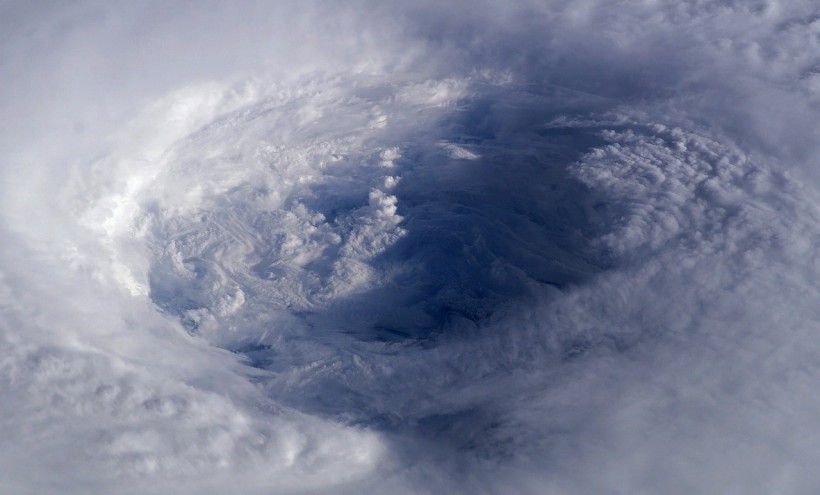The 2023 Atlantic hurricane season's onset was on Thursday, June 1. Just several hours into the current season, a weather system developed off the coast of the southeastern United States, according to weather reports. The system has gained strength in the past several hours. However, it is still far from developing into at least a named tropical storm or a hurricane.
The system involved is a tropical depression that formed over the Gulf of Mexico. It is set to affect the Florida Panhandle this weekend, according to AccuWeather. The National Hurricane Center (NHC) named it as "Tropical Depression Two." The weather disturbance is expected to navigate across the region at least in the next 24 hours, bringing torrential rain, strong winds, and high tides in coastal areas.
The latest local weather developments in the region came a week after a tropical storm developed off the Atlantic coast, which brought heavy rain and rough seas to the Carolinas during the Memorial Day weekend. While the storm did not intensify, it still occurred prior to the Atlantic hurricane season, which the National Oceanic and Atmospheric Administration (NOAA) issued a long-term forecast recently.
The NOAA forecast outlines the occurrence of several storms during the hurricane season, which will last until November 30. During this period, the forecast estimates a close probability of a normal, weakened, or heightened tropical storm activity in the coming months. Last year, the hurricane season was deemed as 'above-average,' which led to some powerful hurricanes, causing widespread damage and casualties.
Tropical Depression

Tropical Depression Two initially caused an area of showers and thunderstorms over the Gulf of Mexico, a region being monitored by AccuWeather meteorologists.
The meteorological team says the depression still need to overcome several barriers to become the first named storm of the Atlantic hurricane season. If it does, it will be dubbed as "Tropical Storm Arlene," based on a prepared list for the current storm season.
Also Read: Atlantic Hurricane Season 2021: Here Are the Most Vulnerable Areas
What to Expect?
In the next hours leading to the weekend, large waves from gusty winds from Tropical Depression Two is expected to impact the western coast of Florida. While inland flooding due to heavy rain is possible, the greatest threat is rough sea conditions and coastal erosion from the waters of the Gulf of Mexico.
Based on previous events, evacuations, and power outages, as well as disruption to local travel have occurred as a result of an incoming storm or hurricane in Florida and other states across the South, Southeast, and East Coast.
In 2022, a powerful Category 4 storm named "Hurricane Ian" made landfall west of Fort Myers, Florida, causing at least 114 deaths, according to The New York Times.
NOAA Hurricane Forecast
As mentioned earlier, the NOAA hurricane forecast highlights the potential occurrence of multiple storms and hurricanes this season.
In particular, the said U.S. government weather forecasting agency estimates a 40% chance for a near-average or near-normal season. Meanwhile, there is a 30% chance for both an above or under 'average' season.
Related Article: 2023 Atlantic Hurricane Season: NOAA Issues Storm Activity Level in the Coming Months
© 2024 NatureWorldNews.com All rights reserved. Do not reproduce without permission.



![Roundworms with Short Memories 'Stop Forgetting' When Frozen or Given Lithium [Study]](https://1471793142.rsc.cdn77.org/data/thumbs/full/70295/280/157/50/40/roundworms-with-short-memories-stop-forgetting-when-frozen-or-given-lithium-study.jpg)

